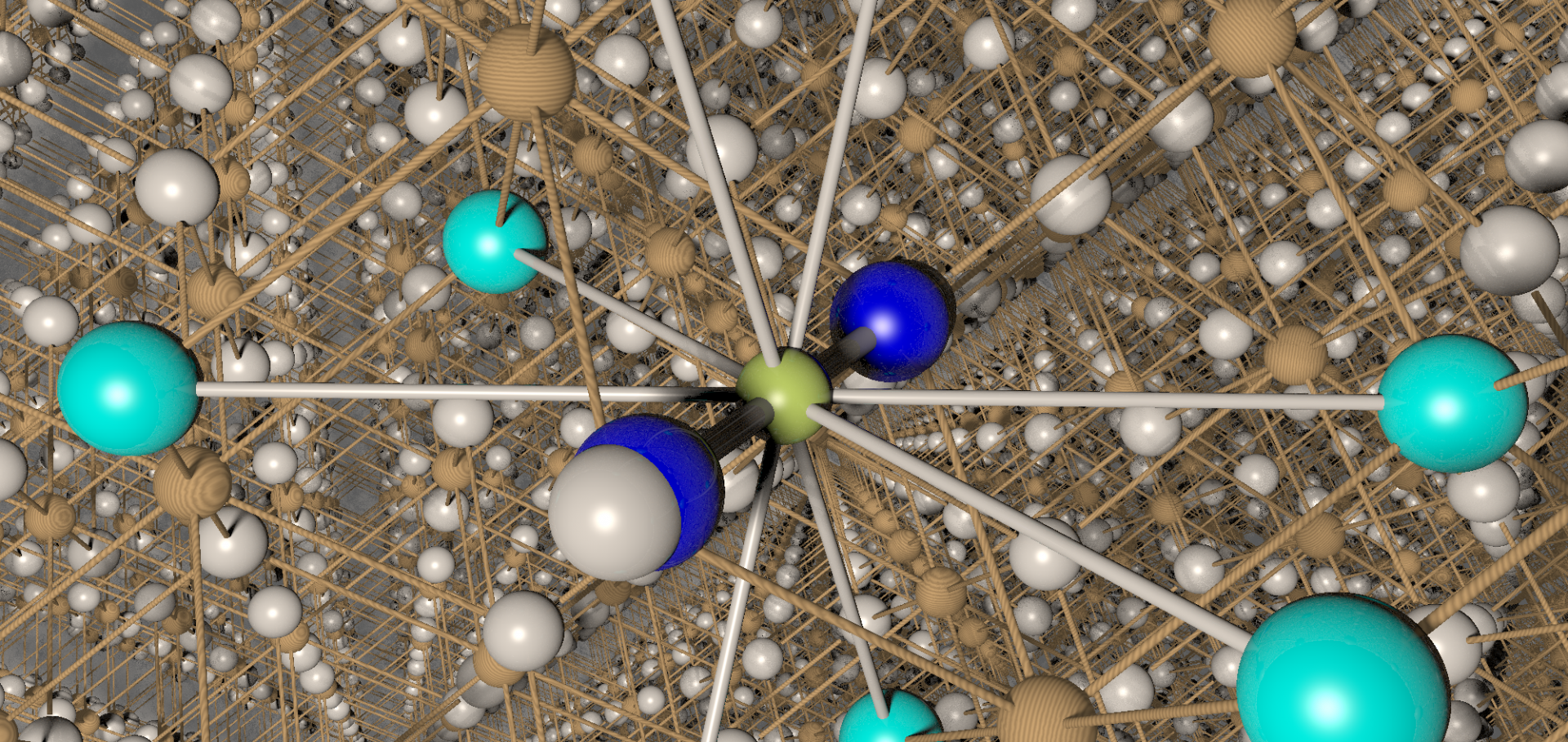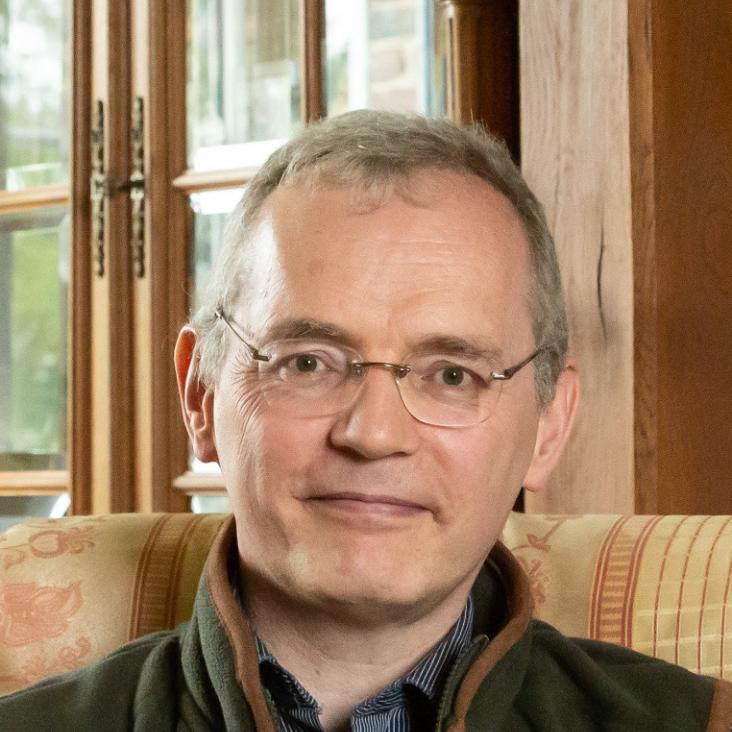Physical properties of the n = 3 Ruddlesden-Popper compound Ca4 Mn3 O10
Journal of Physics Condensed Matter 10:45 (1998)
Abstract:
We present the results of a combined magnetization, muon-spin rotation, transport and magnetotransport study of the n = 3 Ruddlesden-Popper (RP) compound Ca4Mn3O10. This compound adopts a layered structure in which groups of three perovskite layers alternate with single rock-salt layers. The muon-spin rotation data show that there is a sharp magnetic phase transition at 115 K. The resistance and magnetoresistance of the sample show no particular features at this temperature, but the transition affects the energy barriers associated with hopping transport. The magnetoresistance is proportional to the square of the magnetization, and is largest at low temperatures; a 40% drop in resistivity is observed in a magnetic field of 14 T at 61 K, much smaller than that measured in the related n = ∞ RP (perovskite) manganites which exhibit colossal magnetoresistance (CMR).Chemistry of naturally layered manganites
J APPL PHYS 83:11 (1998) 6379-6384
Abstract:
Experiments on three double-layer (n=2) Ruddlesden-Popper (RP) systems are reported. Doping Sr1.8La1.2Mn2O7 (T-c = 126 K) with Nd to form Sr1.8La1.2-xNdxMn2O7 leads to a reduction in Curie temperature for low doping levels (x = 0.2), and to behavior reminiscent of Sr1.8Nd1.2Mn2O7 for x greater than or equal to 0.7. This suggests that it may be possible to control the temperature of maximum magnetoresistance chemically in these phases. The application of pressure (0 < P/GPa less than or equal to 1.8) is shown to modify the magnetotransport properties of Sr2NdMn2O7 to resemble those of Sr1.9Nd1.1Mn2O7. The changes can be explained by considering the relative strength of ferromagnetic and antiferromagnetic interactions within the material. Finally, the need for careful phase analysis of n = 2 RP materials is demonstrated by the misleading magnetization data recorded for a sample of Sr1.8Sm1.2Mn2O7 containing similar to 2.8% of an n = infinity perovskite phase. (C) 1998 American Institute of Physics. [S0021-8979(98)20911-X].Spin dynamics in the spin-gap system CaV4 O9 studied using muon-spin relaxation
Journal of Physics Condensed Matter 10:15 (1998)
Abstract:
We report a muon-spin relaxation study of the two-dimensional spin-gap system CaV4O9. We find that the form of the muon-spin relaxation is strongly temperature dependent and attribute this behaviour to the presence of a spin gap. At temperatures below 30 K a root-exponential behaviour is seen for the muon-spin relaxation function, which can be attributed to defect spins. At temperatures above 160 K we see the onset of muon hopping.Chemistry of naturally layered manganites (invited)
Journal of Applied Physics 83:11 (1998) 6379-6384
Abstract:
Experiments on three double-layer (n=2) Ruddlesden-Popper (RP) systems are reported. Doping Sr1.8La1.2Mn2O7 (Tc = 126 K) with Nd to form Sr1.8La1.2- xNdxMn2O7 leads to a reduction in Curie temperature for low doping levels (x = 0.2), and to behavior reminiscent of Sr1.8Nd1.2Mn2O7 for x≥0.7. This suggests that it may be possible to control the temperature of maximum magnetoresistance chemically in these phases. The application of pressure (0
New Kind of Magneto-Optical Resonance Observed in the Organic Metal α-(BEDT-TTF)2 KHg(SCN)4
Physical Review Letters 81:3 (1998) 713-716


